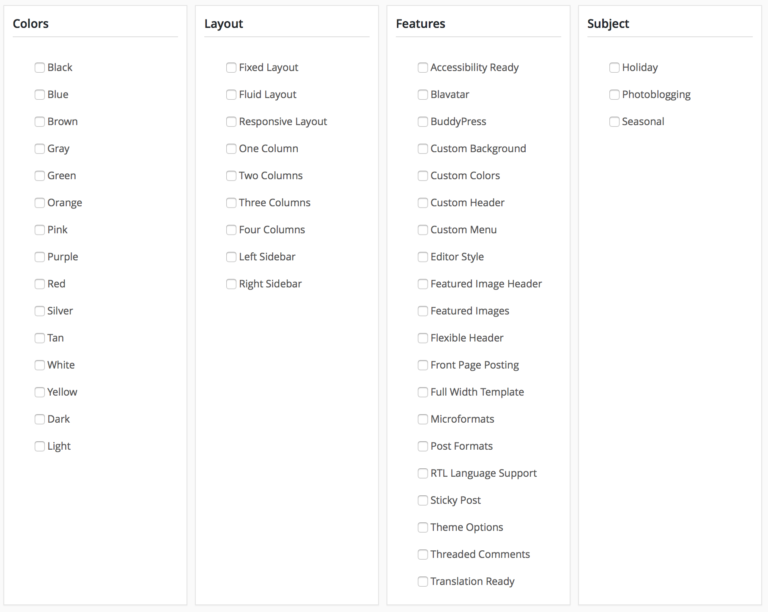First, be genuine
It is tempting to get lost in the maze of Search Engine Optimization, working hard on catchy headlines and keyword filled content, trying to learn the latest in the SEO algorithm race to game the search engines into bringing you more traffic. And you should pay attention to generating traffic. With limited time and budget, should you spend your resources on SEO or the real content of your message?
At Trail Websites, we have found that a genuine, impactful message does more for our customers’ missions than extra time and money focused on search optimization, flashy graphics, animations and other shiny objects. Yes, you need to bring people to your content and keep their attention there long enough for them to hear your message. But the message does the work. Keywords, animated GIFs and views by people who aren’t interested in your cause won’t help your fundraising or community engagement on their own.
After a few years of focusing on data, one of our nonprofit customers, a food pantry, shifted their focus to the stories of their clients in 2016. They had their best annual appeal ever and their year-end appeal appears to also be on track to break records. They still used data to support the stories and show that the story of one is the story of many. They spent more time on the genuine impact of the problem and what they do to help though and, along with an improving economy, translated to increased donations. Feeling like the stories were about their own neighbors drove more giving than infographics full of stats on hunger.
A land trust focused on getting people outdoors and having group leaders tell the story of the land’s history and its future potential — one path leading to habitat, drinking water safety, public recreation and non-motorized commuter access to the rail station and the other path leading to houses, increased demand for public services and higher taxes — with a result of voter turnout at town meeting in support of acquiring the property for open space. Local interest drew people in far more than today’s hot keywords like climate change, environmental impact, sprawl and endangered species.
There are two takeaways in these examples:
- Data is a supporting piece of the story, not the story.
- Know your audience. If the audience is local and the impact is local, the story needs to be local.
One other aspect of both of these examples is important to note: In both cases, similar stories and images were consistently used across press, website, email campaigns, newsletters and handouts. In today’s short attention span, soundbite and tweet filled world, frequency and repetition matter more than ever.
